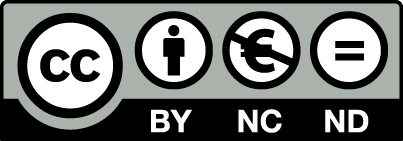Microbially Induced Calcite Precipitation (MICP) is a developing area of ground improvement and soil reinforcement, it is an environmentally friendly, sustainable and energy saving method. MICP biocementation requires a series of biochemical reactions to allow microorganisms to form calcium carbonate crystals which in turn bind soil particles together. Much research has been performed on the positive effects MICP can have on sand reinforcement, strength improvement, erosion resistance and permeability of sand. However, it is a complex process largely affected by the microorganisms which are present, as well as several other factors. As research is still being performed on this method of soil improvement there are a lot of gaps in information which must be filled. This paper will discuss possible variables which change with depth and can affect calcium carbonate precipitation. A 21 day experiment was performed during the spring of 2024, which involved small samples of MICP treated soils being tested for their calcium carbonate content. Clay samples were tested down to a soil depth of 500mm, and the experiment revealed that to depths of 500mm that calcium carbonate content in MICP treated samples did not have a clear trend.
The Open Access version of this proceedings has been made available under a Creative Commons Attribution-Non Commercial-No Derivatives (CC-BY-NC-ND) 4.0 license.
